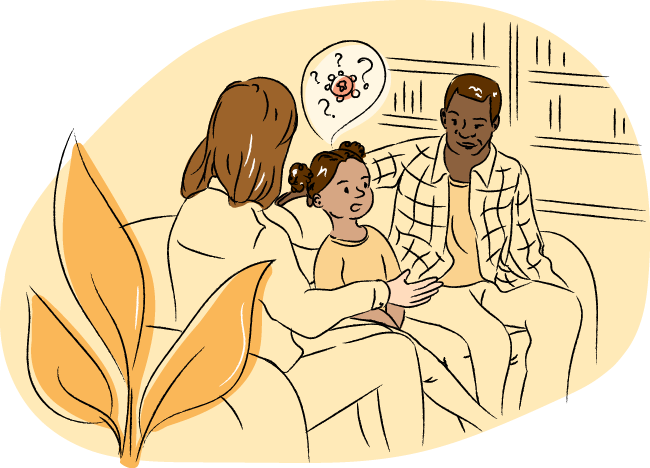
What can I do next?
As a patient or caregiver, you can play an active role in PTLD care. You know your needs and limits best — it's okay to rely on others and ask for support.

As a patient or caregiver, you can play an active role in PTLD care. You know your needs and limits best — it's okay to rely on others and ask for support.
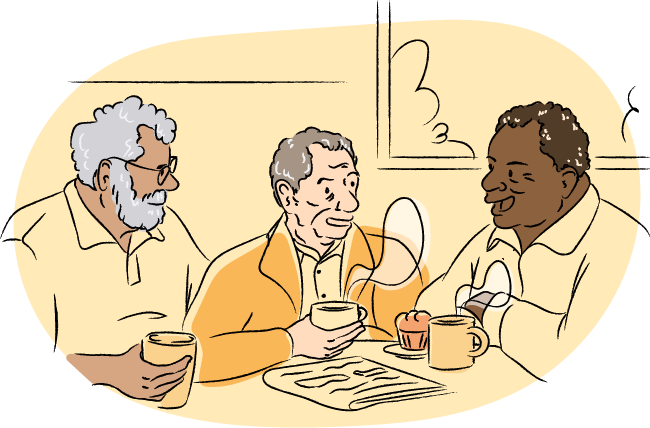
Dealing with a serious health issue is especially hard when you've already been through a transplant. Remember to be kind to yourself. You can try:
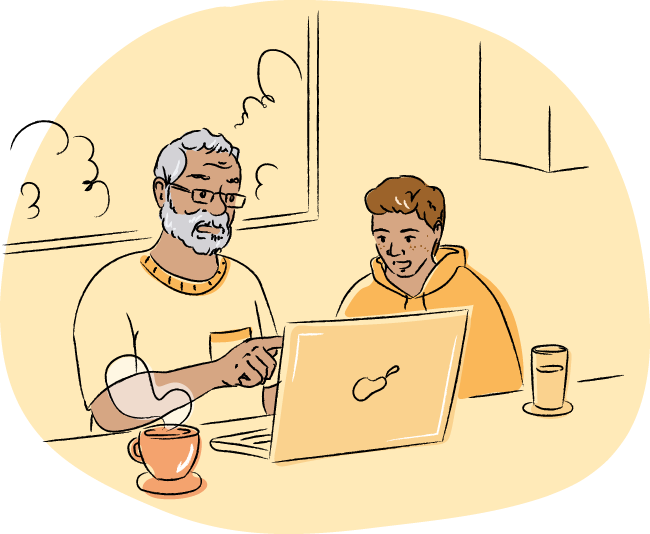
Everyone learns differently and at a different pace. You can also choose how much you want to learn. Find what's most comfortable for you.
You can learn about PTLD by:
Learning more about PTLD and the treatment options may help with:
You can also share what you've learned with others. It may help them understand what you're going through and how they can support you.
Young patients may feel more comfortable with what's going on if they understand what PTLD is.
If they are interested, the
What causes EBV‑positive PTLD?
video explains EBV‑positive PTLD through animated characters, simple language, and pictures.
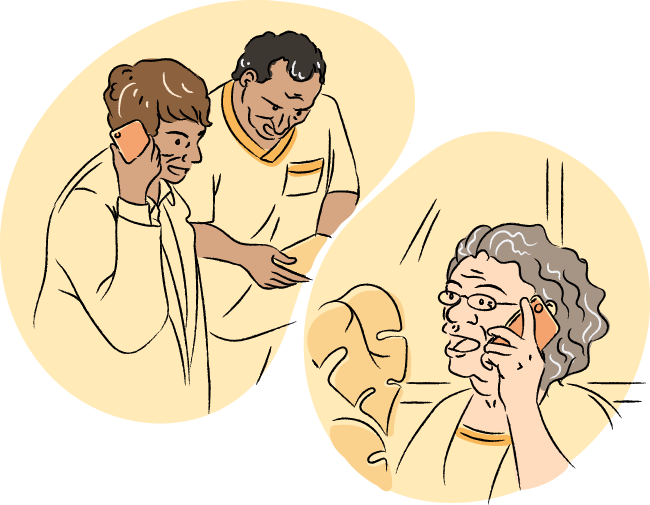
Staying in touch with your transplant team can make getting the care or answers you need easier, especially if a transplant-related complication like PTLD comes up.
You can reach out to your transplant team even if you haven't seen them in a while. If you've lost contact with your transplant team, talk to your primary care provider, or if under 18, a pediatrician. They may be able to reach the transplant team for you.
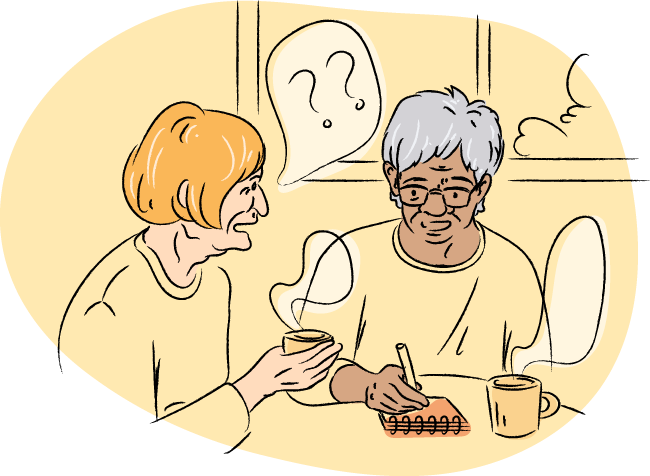
A lot happens in a medical appointment. Your needs, goals, and wants are an important part of the conversation. It's common to forget to ask questions or lose track of what was said. It can also be hard to find the right moment to say what you're thinking.
If that sounds familiar, you can try:
You can check in with young patients regularly to get a better idea of how they are doing physically and emotionally. They may have needs and preferences that aren't obvious. This can help you support them when talking with the transplant team.
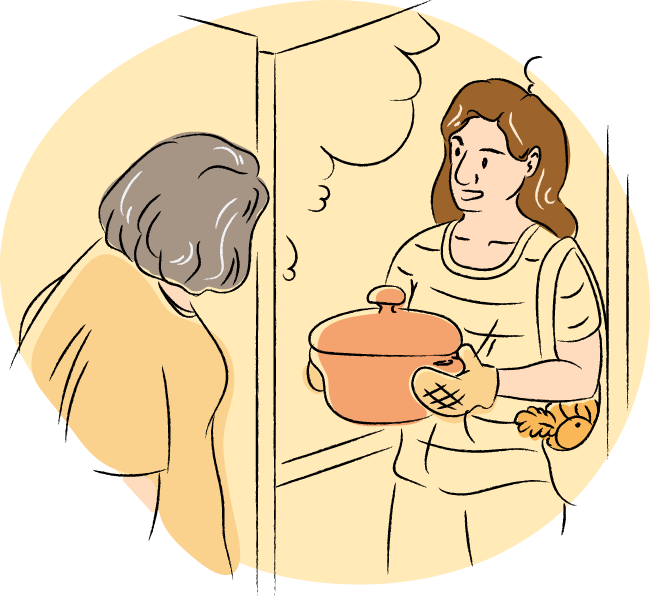
It’s okay to rely on others for support. It can feel uncomfortable, but you might be surprised by how happy people are to help, even if they’ve helped before. Small things can make a difference, like:
For more ideas and ways to find support, you can visit the support and resources page or ask your transplant team.